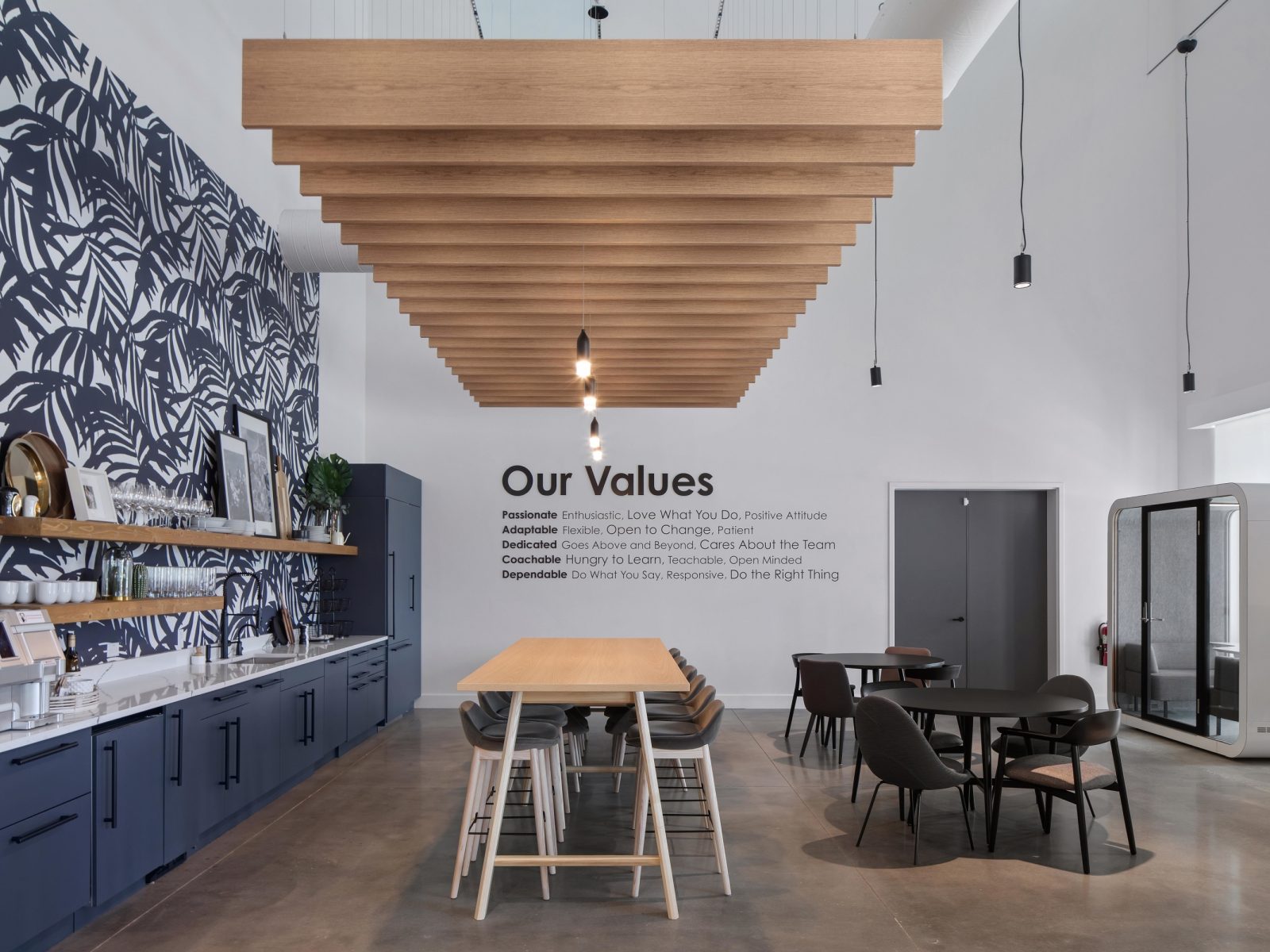Why an Elastic Interior is Important for Distributed Work
With the future of work looking like a distributed model, how do you prepare your office to handle workers who are in and out?

The future of the office has been a hot topic for the past year and a half. The pandemic showed us that the purpose of the office can and needs to change as ways of working are changing.
Of the many theories on the future of the office, there is one particular model where we seem to have consensus: distributed work.
What is Distributed Work?
Technology has advanced so much that most types of work can be done from anywhere. The accelerated move to remote work during the pandemic proved this. Distributed work is just work that is done from anywhere. Work can be done in an office, at a coffee shop, at a dining table, or even while lying in bed – just don’t tell your supervisor.
Now that most employees are equipped to work from anywhere, where people choose to work will depend more on how effective the environments are for the type of work they are doing. People who don’t have distractions at home may find working from home best for focused work, while others who have children or needy pets at home may prefer the office. Different workers will have different needs and preferences.
What Role does the Office Play in Distribute Work?
Many doomsdays think pieces were published during the pandemic about the “Death of the office”. While there are some companies who have moved to eliminate their offices, most companies see the need for a central space where their workers can come together.
The office will remain relevant in the coming days, but the role of the office is shifting. Offices of the future will need to build culture and community, support individual focus, and facilitate intensive teamwork rather than just being a necessary “landing zone” for workers to be at every day.
Why Your Office Needs Flexibility
Offering your workers flexibility means that your office will also need to be flexible. As your team grows and changes, you will have workers with differing needs. For example, Sam has small children at home and needs to come in not just for meetings but also for focus work. Susan lives two hours away, so she doesn’t come in often but when she does, she needs a place that she can set up for the whole day. James comes in almost every day, but only for meetings.
Each of these scenarios show how the office plays a different role for individuals. You may have mostly Susan’s who work for you today, but in a few years, you may have more Sam’s. Your space will need to always accommodate the current needs of your team, no matter who is working for you. Planning an interior with elasticity in mind will allow your real estate investment to be the most effective tool it can be.












